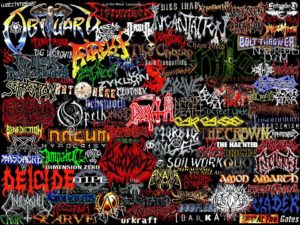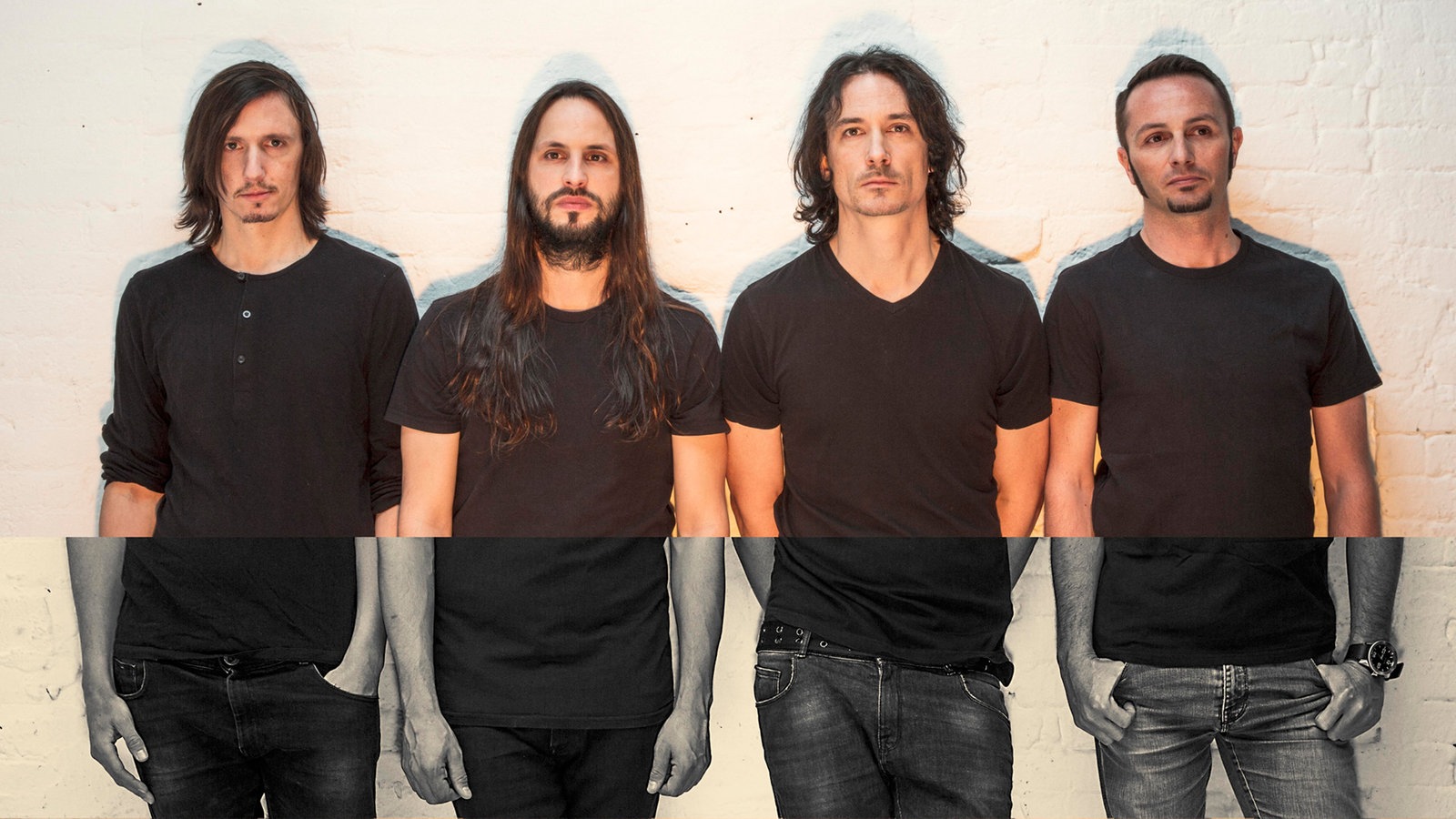With the dying down popularity of deathcore in recent years, metal has seen a few changes. Some of the sub-genres leading artists have seemed to slightly adjust the approach taken to their formula. Fans have branched out to other genres as well, resulting in other genres seeming to have acquired a larger following. This includes extreme metal in particular.
If extreme metal is getting a larger following in metal fans around the time that the deathcore movement has started to slow down, this leaves us with one question. Is deathcore a modern gateway into other extreme sub-genres of metal? Or is it just a coincidence?
First, lets take a look at a brief outlook on what extreme metal is and how it relates to heavy metal in general. Metal has always been a genre of extremes. Making music heavier, faster, more aggressive, more complex, and the list could go on and on. As heavy metal evolved and branched off into an array of sub-genres, a particular area took metal’s goal even further. Sub-genres including but not limited to death metal, black metal, thrash metal, etc have become some of the most extreme sub-genres of metal and all of music known to man. This cluster of genres made heavy metal that much faster, that much more aggressive, that much more dark, and that much more complex. With metal already not being a genre for everybody, this makes extreme metal even more underground than metal already is. However, listeners can adapt to these harsher genres that previously may have not made as much sense before with gateway genres.
An excellent example of this would be thrash metal and death metal. Death metal arguably evolved from thrash metal around the time period of the mid to late 80s to the early 90s. Bands including Possessed, Death, and others took the thrash metal formula further again with speed, intensity, a new guttural approach to vocals, and more. Not to mention, this most likely did not occur over night. Pioneering early death metal bands slowly made these changes and when so many bands started to follow this formula with a following, a new genre was born. With a steady increase of these characteristics added onto thrash metal, fans were provided with an easy gateway to death metal.
Lets fast forward to around present day. Deathcore is a pretty well-known sub-genre in terms of metal. Deathcore took the death metal riffs, drum speed, and aggression and added breakdowns to the formula. Death metal on the other hand is still a relevant genre today and still has plenty of new bands coming into the game while legends such as Cannibal Corpse and Deicide are still putting out new records to this day. However, with death metal’s over-the-top characteristics, it isn’t typically a genre many can dive head-first into and understand what it is all about. Many metal fans, especially extreme metal fans, will agree that this type of music is an acquired taste. This is where deathcore comes into play with today’s younger and in general new metal fans. Deathcore does have the elements of death metal in it, but it still isn’t a full-blown album of mostly tremolo picking and blast beats. If a fan would be able to appreciate the more accessible and popular bands in the deathcore scene and continue to dive further into the genre, it is quite possible when given another chance, death metal would be more attractive than before. Next thing you know, this fan is now exploring the beauties of the world of death metal.
Using this logic, we can have our fan branch off to other countless extreme metal subgenres. Behemoth is a pretty accessible band to death metal fans. With Behemoth’s blackened approach to death metal, the listener can slowly venture deeper into the realms of black metal. Next thing you know, our fan is listening to Darkthrone’s Transylvanian Hunger and the latest Agalloch album. Lets look at deathgrind acts such as Misery Index and Cattle Decapitation. When being a fan of these bands, acquiring the taste for grindcore (which is just as inspired by hardcore as it is metal) is that much more easy. The listener is now jamming out to some Rotten Sound and Nasum. It’s that simple.
Not to mention, there also seems to be quite a few more people getting into metal through deathcore. Some of deathcore’s more accessible acts can easily draw listeners in from lighter metal genres and maybe even genres that aren’t metal. If these fans go deeper into the deathcore world, will they follow the path many listeners have taken recently and appreciate some of the world’s most extreme music?
Overall, this is all just speculation. Deathcore was personally my gateway to death, black, grind, and many other subgenres of metal. This applies to many people I’ve met as well. Have you seen this occur in a lot of metalheads recently? Do you think that deathcore is a modern gateway into other sub-genres of extreme metal? Or is just a coincidence? Let us know what you think and of your experiences regarding this theory in the comments below.




